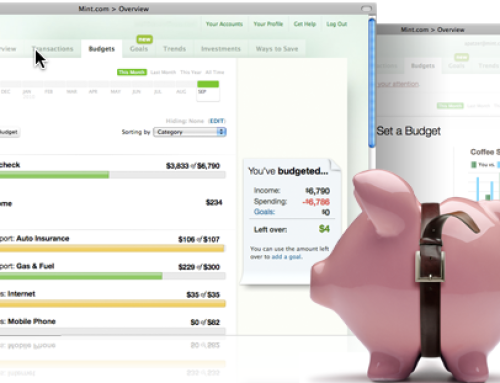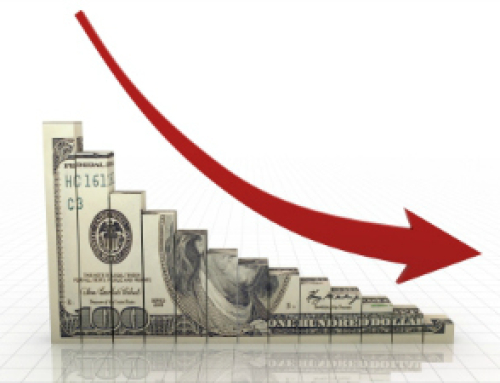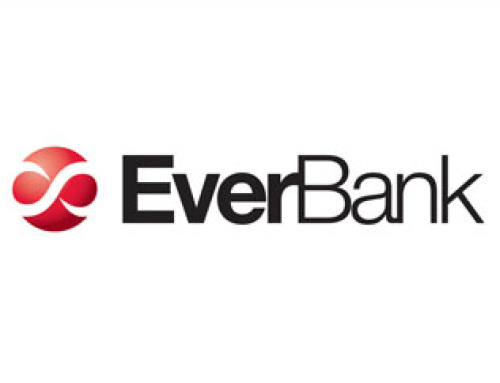How Healthy is Your Bank? One of the issues of importance to many consumers is the health of their banks. The financial crisis of 2008 increased the interest in the health of various financial institutions. It’s true that FDIC insurance can protect your money in the event of a bank failure, but there are inconveniences associated with a failed bank that even FDIC protection can’t do away with. Some of the items to pay attention to when measuring the health of your bank include:
Capital: How much cash does the bank have on hand? Remember that banks do have reserve requirements imposed by the Federal Reserve. However, it’s nice to see that a bank’s capitalization matches its risk, and that the bank is making efforts to monitor risk.
Liquidity: Can the financial institution meet loan demands? How much of a bank’s assets can be quickly converted to cash to meet funding needs. A healthy bank has enough liquidity to avoid serious problems, and to meet its needs without too much trouble.
Debt: All businesses, including banks, have some liabilities. Check the balance sheet of your bank; any publicly traded institution, and most credit unions, release this information. You can see if the assets outweigh the liabilities. In most cases, it’s best if a bank isn’t overburdened by debt.
Asset Quality: One of the issues that led to financial crisis a few years ago was the fact that there were so many toxic assets on the books of many banks. Check the asset quality; too many subprime loans or suspect investments can spell trouble later.
Management: Consider the type of management at the bank. Do leaders respond quickly to the business and economic environment? Are there helpful financial products for customers? What is the customer service like? Competent, responsive management is likely to result in a healthier bank.
Bank Ratings
Many companies offer ratings of banks, designed to rate their health and give you guidance when it comes to making a decision. You can look at ratings given by agencies, such as Moody’s and S&P, which offer some idea of bank health. Additionally, many consumer organizations provide their own ratings. Another popular method is the Texas Ratio. The Texas Ratio focuses on the credit situation of different financial institutions (FI’s). If your banks Texas Ratio is above 100% that is cause for concern and you should take a closer look at their other financial metrics (like the Tier 1 Leverage Ratio). Even though the Texas Ratio and other bank ratings can give you some guidance as to the health of a bank, you don’t want to rely too heavily on any one rating. Consider different ratings, and look at the bank’s balance sheet to get an idea of what to expect in the future.













Follow Us